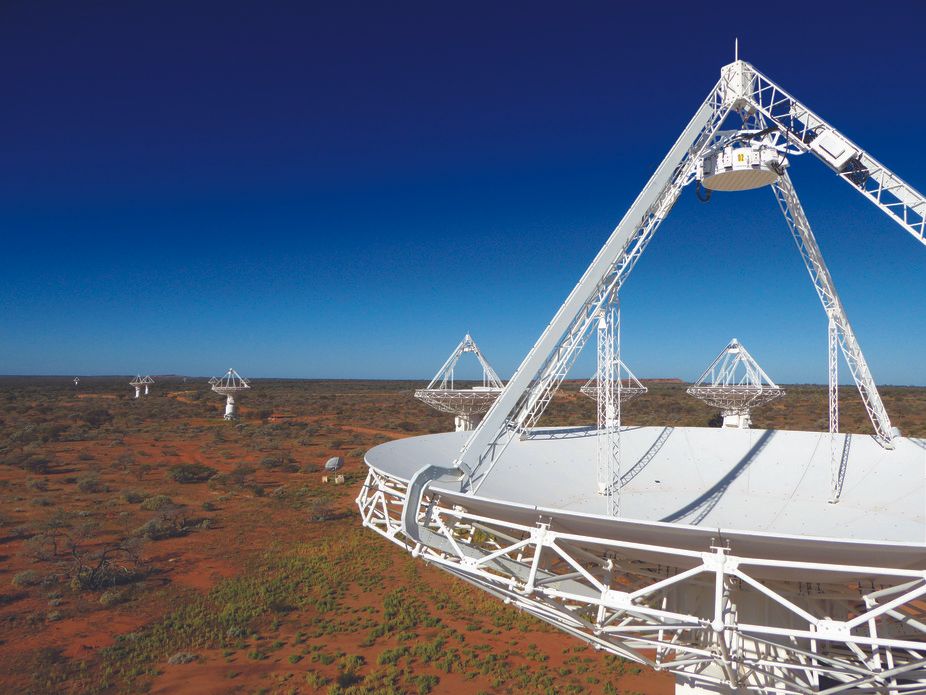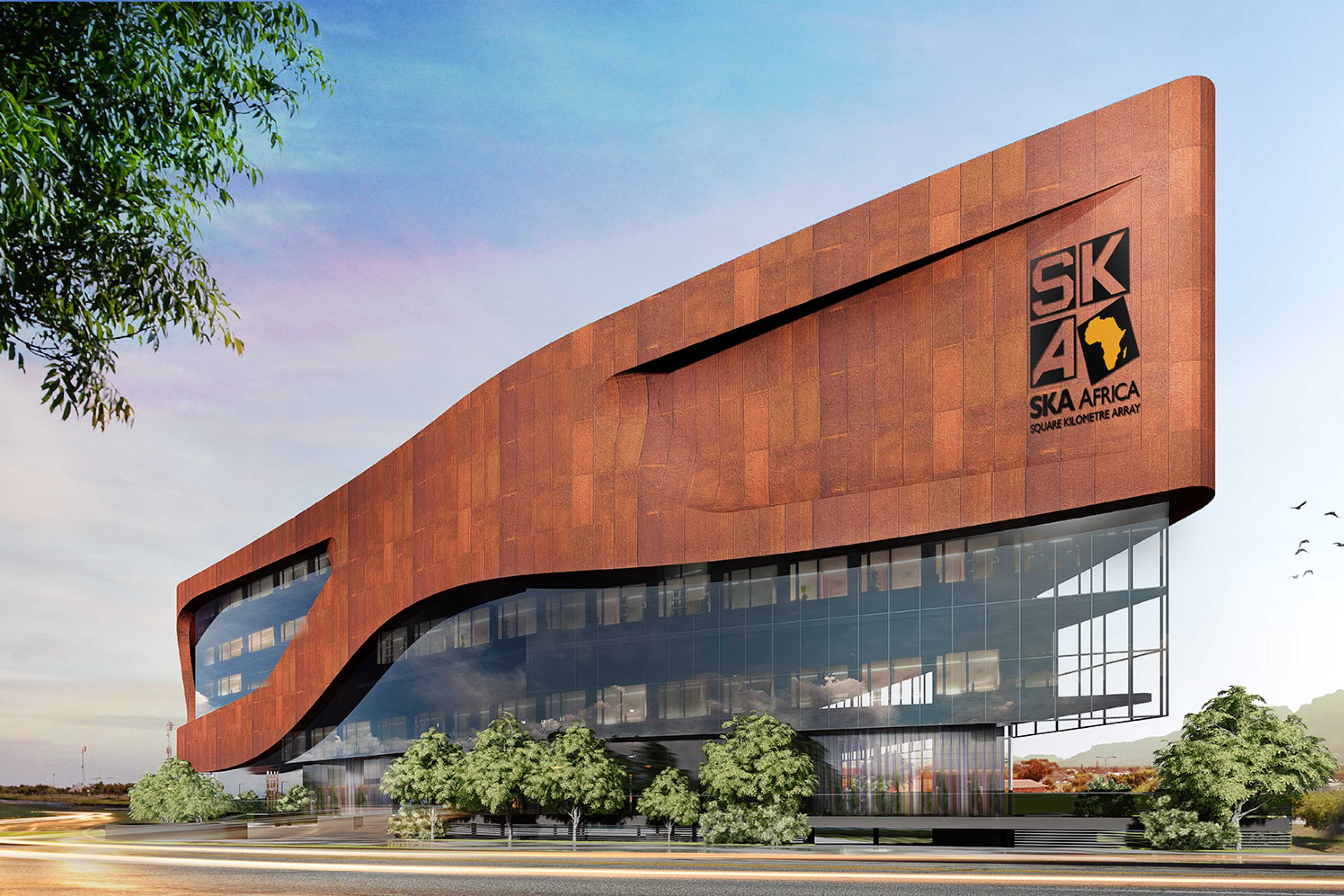

“And not just any observatory – this is one of the mega-science facilities of the 21 st century.

Philip Diamond, appointed first Director-General of SKAO. “Today marks the birth of a new Observatory,” said Prof. The creation of SKAO follows a decade of detailed engineering design work, scientific prioritisation and policy development under the supervision of its predecessor the SKA Organisation, supported by more than 500 engineers, over 1,000 scientists and dozens of policy-makers in more than 20 countries and is the result of 30 years of thinking and research and development since discussions first took place about developing a next-generation radio telescope. SKAO’s telescope in South Africa will be composed of 197 15m-diameter dishes located in the Karoo region, 64 of which are already operated by the South African Radio Astronomy Observatory (SARAO), while the telescope in Australia will be composed of 131,072 two-metre-tall antennas located on the Commonwealth Scientific and Industrial Research Organisation’s (CSIRO) Murchison Radio-astronomy Observatory.

“Behind today’s milestone, there are countries that had the vision to get deeply involved because they saw the wider benefits their participation in SKAO could bring to build an ecosystem of science and technology involving fundamental research, computing, engineering, and skills for the next generation, which are essential in a 21st century digital economy. Catherine Cesarsky, appointed first Chair of the SKAO Council. “This is a historic moment for radio astronomy”, said Dr. SKAO is tasked with building and operating the two largest and most complex radio telescope networks ever conceived to address fundamental questions about our universe. The new Observatory, known as SKAO, is the world’s second intergovernmental organisation to be dedicated to astronomy.


 0 kommentar(er)
0 kommentar(er)
